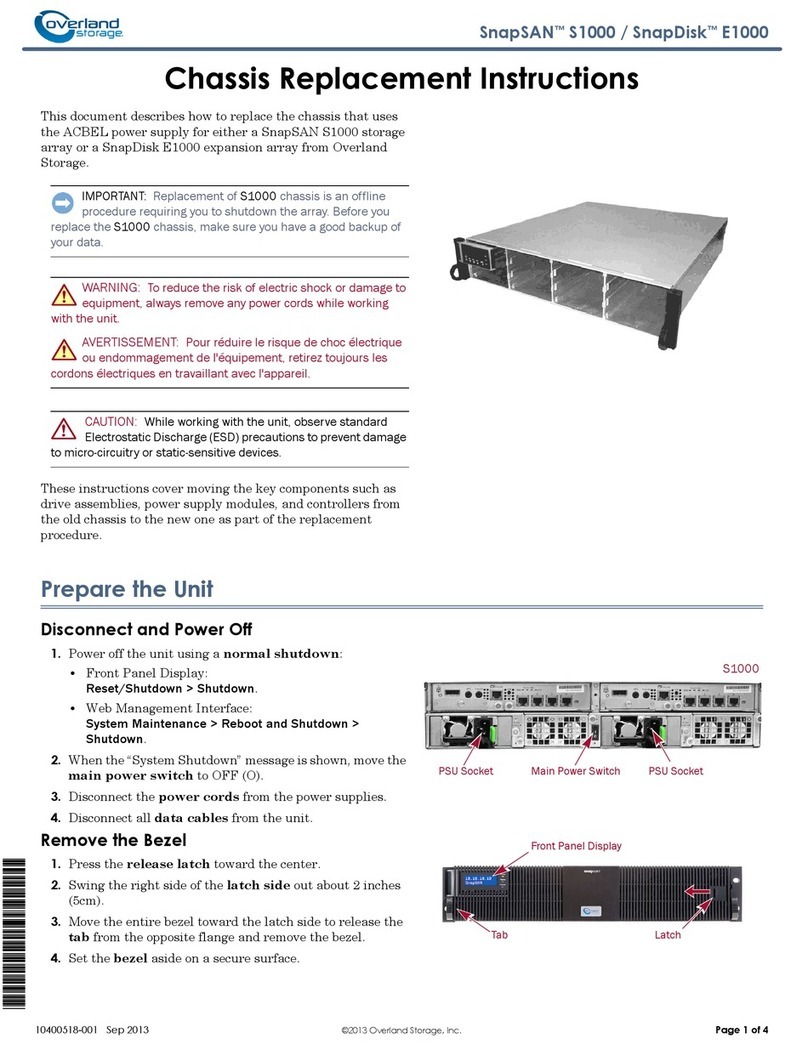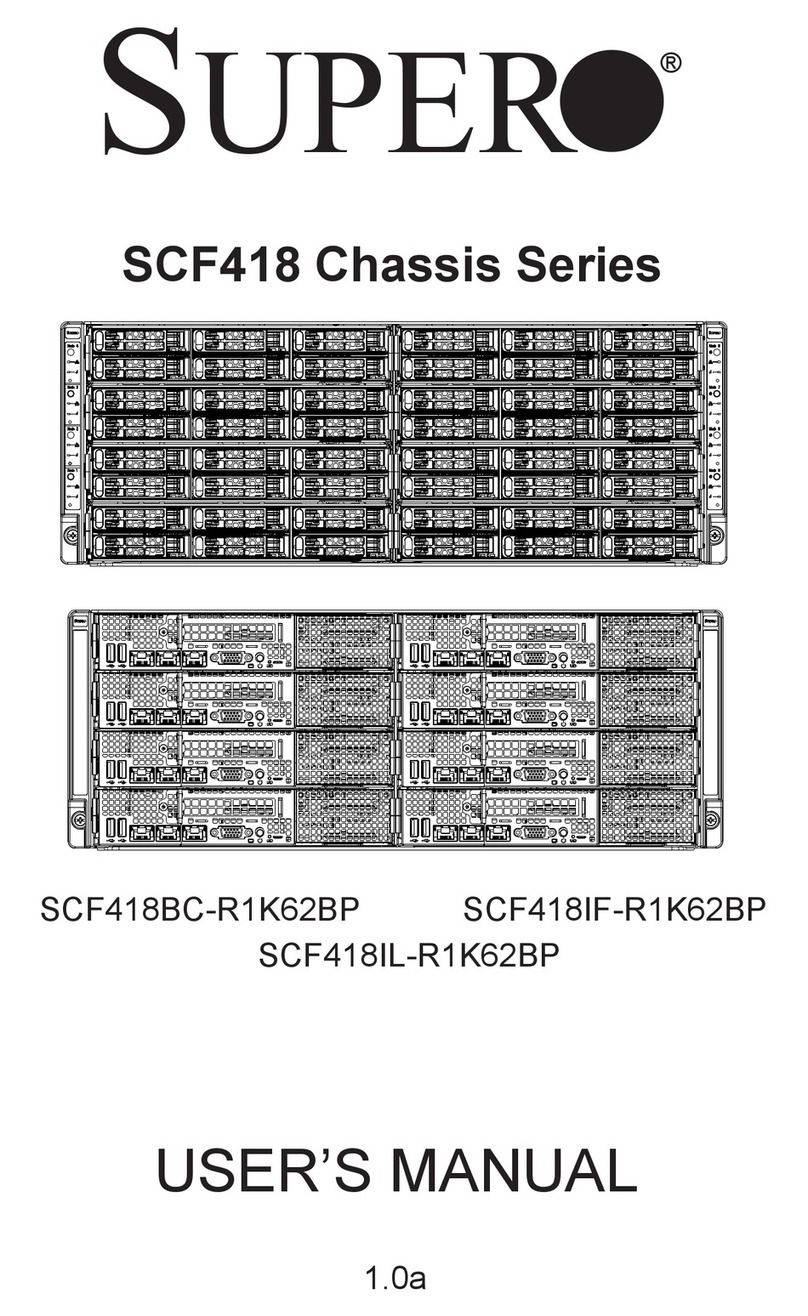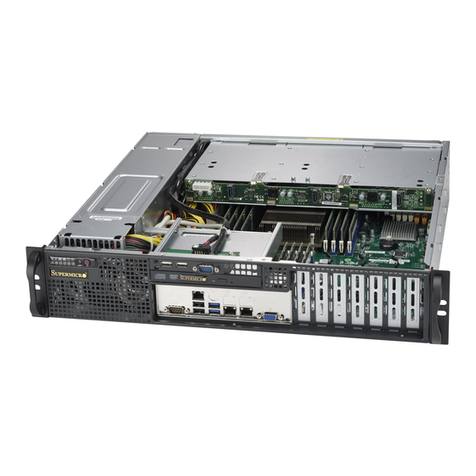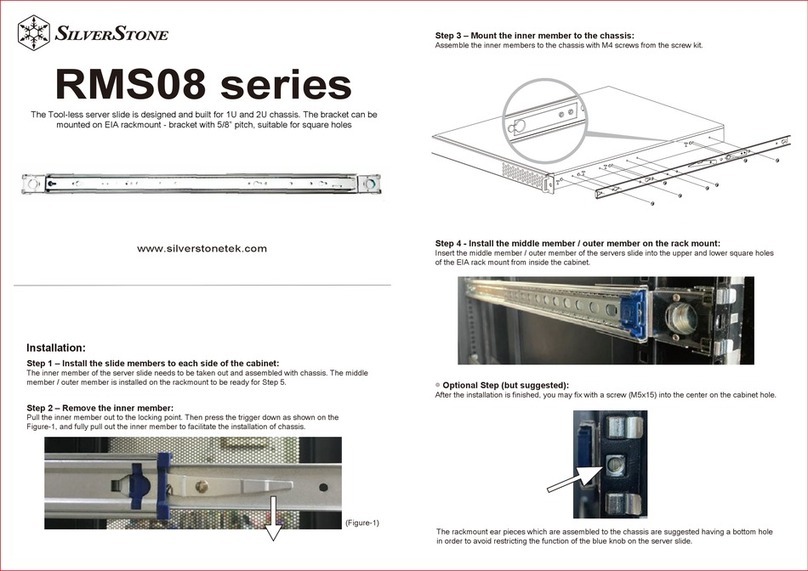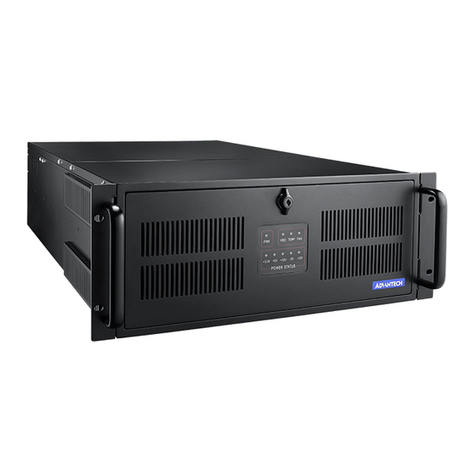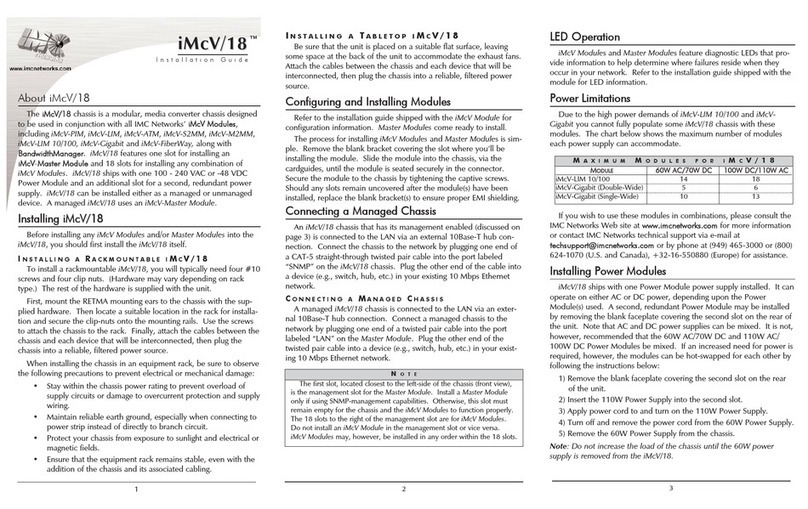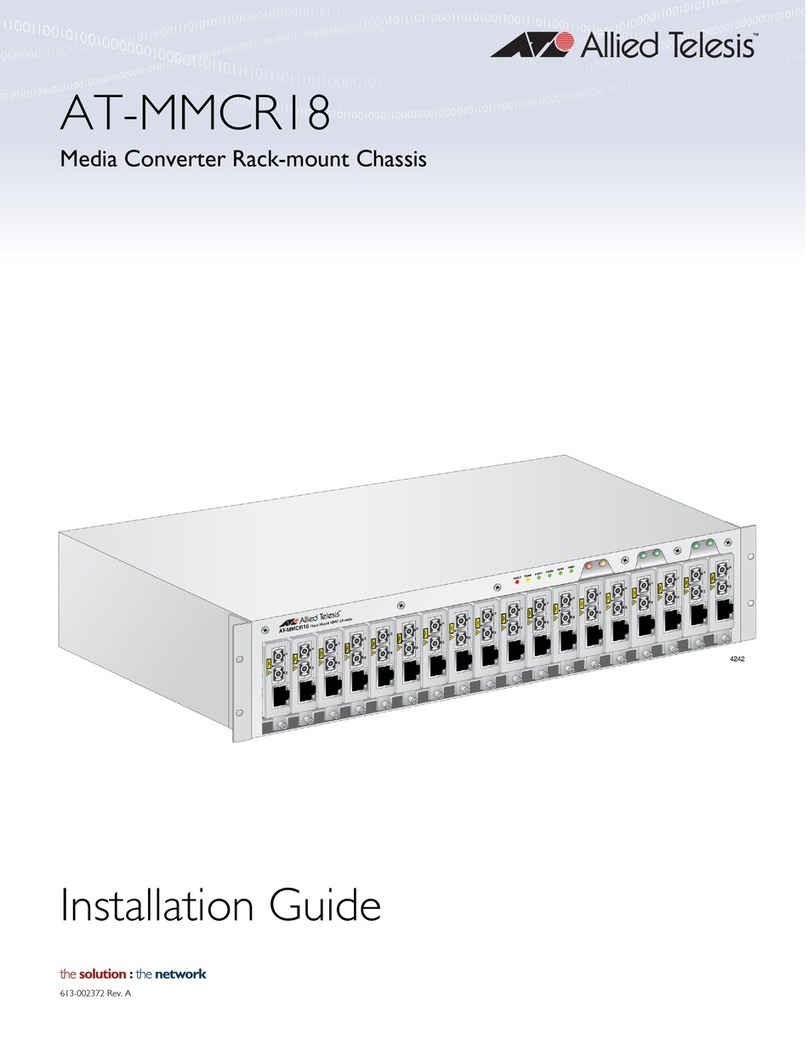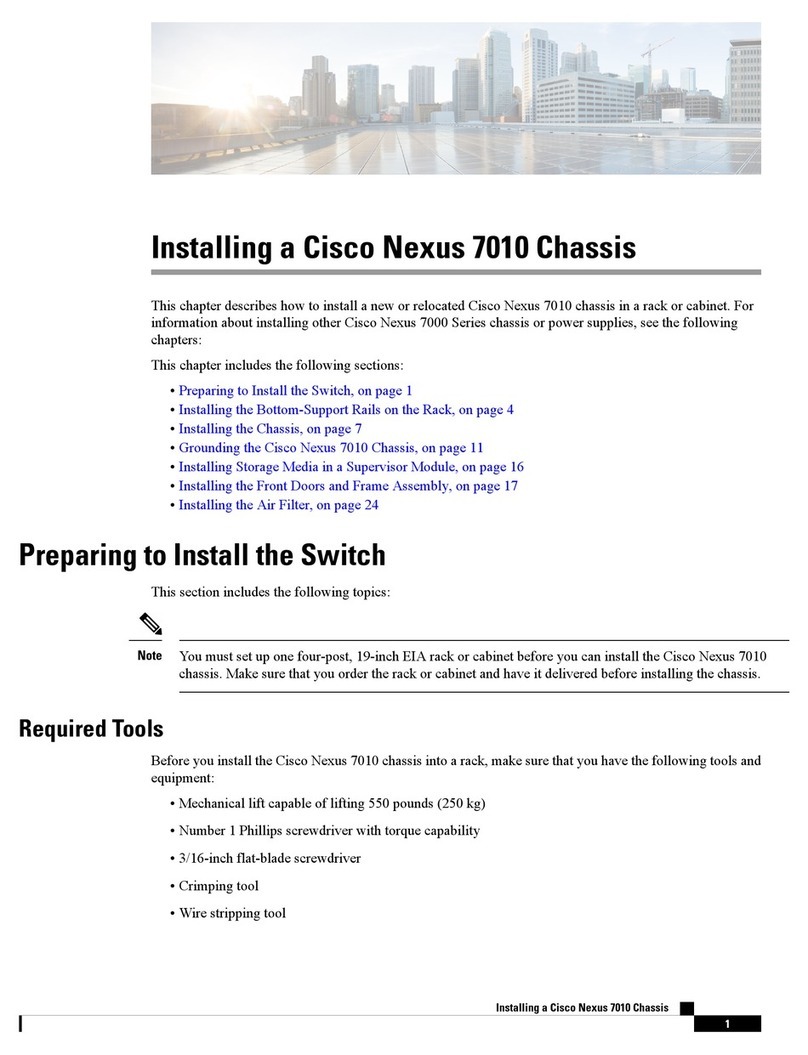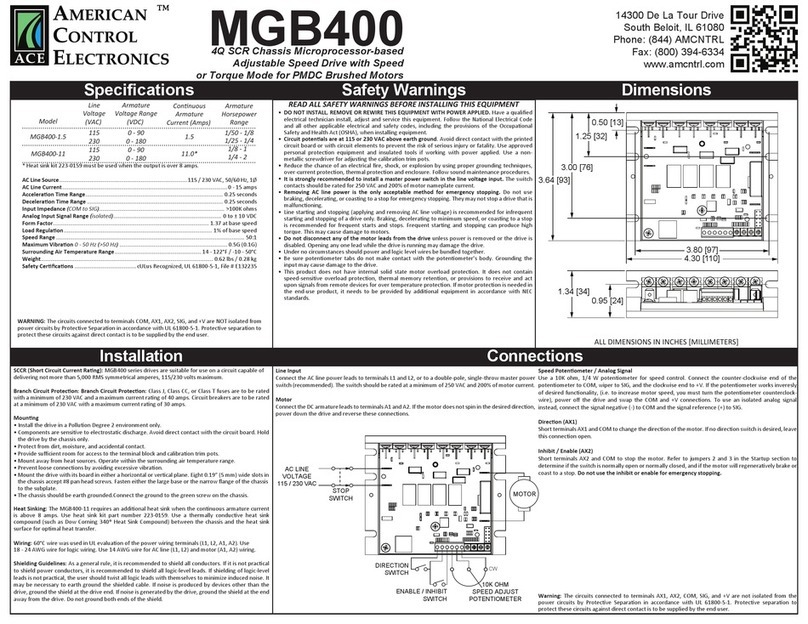
When inserting the IO shield, check that it is orientated
correctly.
A thermal retention mechanism is not required to be fitted
to the desktop board prior to insertion due to the thermal
retention mounting points on the chassis.
MITAC 770
ALL-IN-ONE CHASSIS
INTEGRATION GUIDE
1 2 3
4 5 6
7 8 9
10 11 12
13 14 15
16 17 18
Once the rear cover screws have been removed, slide the
cover upwards, then lift the cover away from the chassis.
The default jumper position for the front panel voltage on
the Intel® Desktop Board DH61AG is pins 4 & 6 (5V). Confirm
that this jumper setting is correct for the inverter and
desktop board being integrated.
Where a “single” USB connection is connected to a dual USB
header, confirm that the “red” cable is aligned to the pins
closest to PIN 1 (white marking at the base). It is possible to
connect two single USB connections to a dual port USB
header in this manner.
When inserting the LVDS Connector, confirm correct
alignment. Once in, never remove the cable by “pulling on the
wires”, as this could permanently damage the cable.
Before securing the HDD mounting bracket to the chassis,
connect the SATA cables.
Secure the HDD to the mounting bracket prior to insertion by
fastening the 4 retention screws.
Connect the supplied converter board to a single USB header
the desktop board and connect the converter cables.
The system fan may need to be removed to allow SATA cable
connection. Once the SATA cables have been connected,
secure the fan by fastening all relevant screws.
An additional heatsink-positioning screw behind the heatsink
needs to be fastened to secure the heatsink.
Fasten the additional cover plate to the rear of the chassis if
the VESA mount bracket is used.
Position the VESA mount bracket over the 4 beveled screw
mounts. Fasten all 6 screws on the bracket securely.
Fasten the ODD to the mounting bracket prior to insertion.
For Wireless N to work, ensure that both wireless connectors
are connected to the Mini PCIe card.
Unfasten the two screws on the underside of the chassis
to enable the removal of the rear cover.
To install the optional VESA mount supporting bracket,
remove the 3 screws that secure the stand to the chassis
and shift downwards to free the stand from the locating
pin.
The default jumper position for the backlight inverter on the
Intel® Desktop Board DH61AG is pins 2 & 3 (19V). Confirm
that this jumper setting is correct for the inverter and
desktop board being integrated.
